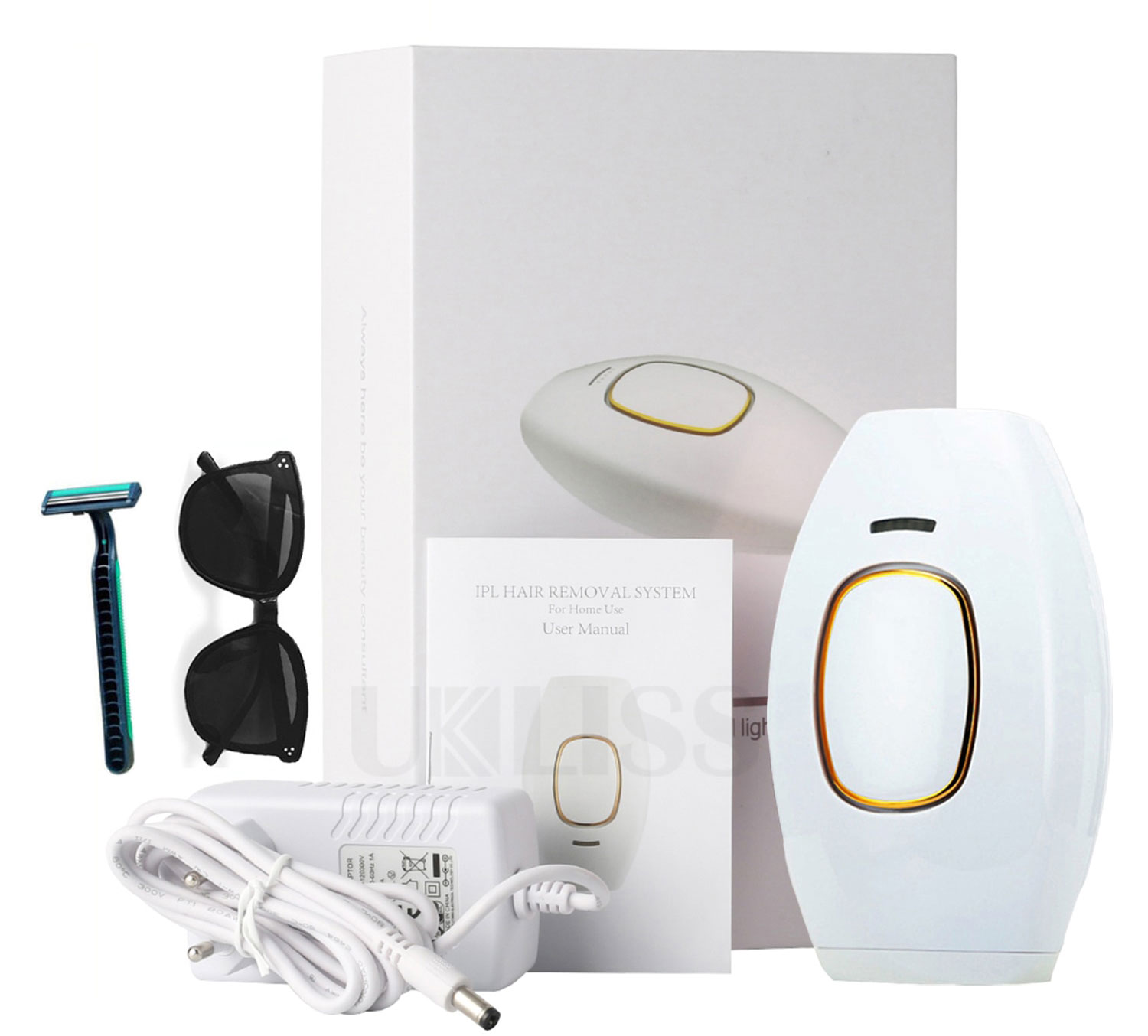When considering laser hair removal or intense pulsed light (IPL) treatments, understanding the natural hair growth cycle is crucial for achieving the best results. The process of hair growth is far from simple, and its various stages can significantly impact the effectiveness of IPL treatments. As IPL is designed to target hair follicles during a specific phase of growth, timing becomes one of the most important factors. This article explores how hair growth cycles influence IPL treatments, the science behind it, and how to optimize your results.
Phases of Hair Growth Cycle
The hair growth cycle comprises three main phases: anagen, catagen, and telogen. These phases play a crucial role in the success of IPL treatments. During the anagen phase, also known as the active growth phase, hair follicles are producing hair that is actively growing. This is the phase where IPL treatments are most effective. On average, about 80-90% of the hair on your body is in the anagen phase at any given time. However, this is not a uniform process across the body. Different areas of the body have different hair growth cycles, which means that while some areas may respond quickly to IPL, others might require multiple sessions to see results.
According to a study by the American Academy of Dermatology, hair growth cycles vary from person to person, but on average, the anagen phase lasts 2-3 years for scalp hair, 1-2 years for body hair, and just a few months for facial hair. These variations significantly affect how long it takes for IPL to work on different areas. Moreover, not all hair on your body will be in the same phase at the same time, meaning IPL treatments are often most effective when done in multiple sessions spaced weeks or months apart.
The Anagen Phase: Optimal for IPL Treatments
The anagen phase, or the growth phase, is the ideal time for IPL treatments. During this phase, hair follicles are actively producing hair, and the melanin (pigment) in the hair absorbs the light energy from the IPL device. This energy is converted into heat, which damages the hair follicle, preventing future hair growth. The effectiveness of IPL treatments is significantly higher when targeting hair in the anagen phase, as the hair is firmly anchored in the follicle and contains a higher concentration of melanin, which absorbs the light energy more efficiently.
However, because not all hair is in the anagen phase at once, multiple treatments are necessary to target hair at various stages of growth. Typically, IPL sessions are spaced 4-6 weeks apart to catch hairs that are transitioning into the anagen phase, ensuring that each hair cycle is treated over time.
The Catagen and Telogen Phases: Reduced Effectiveness
The catagen and telogen phases, on the other hand, are less responsive to IPL treatments. The catagen phase is a short transitional phase where hair stops growing and detaches from the blood supply, while the telogen phase is the resting phase, during which hair sheds and new hair begins to form. In these stages, hair follicles are no longer actively growing, and therefore, they are less likely to absorb the light energy effectively.
IPL treatments tend to be less effective during these phases because the follicle is either in the process of shedding or is not producing any hair. As a result, treating hair in these stages might not result in permanent hair reduction, requiring additional sessions to address hair that is in its active growth phase.
Factors Affecting Hair Growth Cycles and IPL Effectiveness
Several factors influence the hair growth cycle, and understanding these can help in setting realistic expectations for IPL treatments.
One of the most important factors is the natural color and texture of the hair. Dark, coarse hair contains more melanin, making it more responsive to IPL treatment than lighter or finer hair. Conversely, lighter or fine hair may require more sessions for noticeable results, as it contains less pigment and absorbs less light energy.
Hormonal changes also play a role in hair growth cycles. For example, during pregnancy, menopause, or with the use of certain medications, hormonal fluctuations can affect the rate and pattern of hair growth. Areas like the chin, upper lip, and jawline are particularly sensitive to hormonal changes, which can lead to variations in hair growth that may impact the success of IPL treatments.
The efficiency of IPL also depends on skin type. IPL works by emitting light that is absorbed by the pigment in the hair, so individuals with lighter skin tones tend to see better results, as there is less melanin in the skin to absorb the light.Those with darker skin may experience less effective results due to the higher melanin content in the skin, which can absorb the light intended for the hair follicles.
IPL Treatment Timing
To get the best results from IPL treatments, it's essential to time your sessions appropriately. Since hair grows in cycles, IPL should be performed over several weeks or months to ensure that hair in all stages of growth is effectively targeted. Typically, this involves scheduling an IPL treatment every 4-6 weeks. This interval allows the hair follicles to progress from the telogen phase back into the anagen phase, ready for the next round of treatment.
It’s also crucial to avoid waxing or plucking hair in the weeks leading up to your IPL session, as these methods remove the hair follicle altogether, which means IPL can’t target it. Shaving is the best method for preparing your skin for IPL, as it leaves the hair follicle intact, allowing the light energy to effectively reach the root.
Maximizing IPL Results
To achieve the best possible results from IPL, it's important to follow the aftercare recommendations provided by your practitioner. This may include avoiding sun exposure, moisturizing the treated areas, and following any specific guidelines to reduce irritation or inflammation.
In addition, regular follow-up treatments are necessary. As hair growth cycles vary from person to person, ongoing treatments are essential for long-term hair reduction.
Conclusion:
Understanding how hair growth cycles impact IPL treatments is key to setting realistic expectations and achieving the best results. IPL works best during the anagen phase, so multiple treatments spaced over several weeks or months are required to target hair at all stages of growth. By taking into account factors such as hair color, skin type, and hormonal changes, you can optimize your IPL treatments for maximum effectiveness.
If you’re considering IPL treatments for permanent hair reduction, Adour offers personalized consultation and advanced IPL technology to help you achieve smooth, hair-free skin. Contact us today to learn more about how our expert team can tailor a treatment plan that suits your needs and maximizes your results!


 Global Collection
Global Collection
